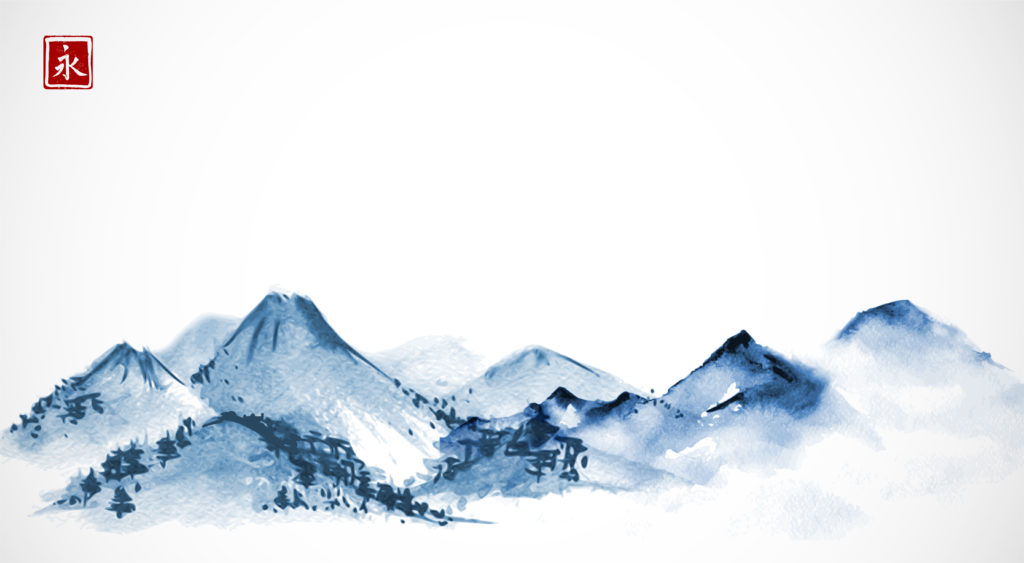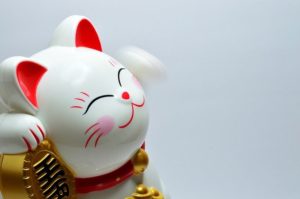
Non-Japanese people often point out that the things Japanese people say can be rather vague and as a result it’s hard to know what they’re thinking.
日本人(にほんじん) は 言(い)うこと が あいまい で、何(なに) を 考(かんが) えている のか わからない と、外国人(がいこくじん) が よく 指摘(してき) します。
From the Japanese point of view, non-Japanese, in particular Westerners, seem to be extremely self-assertive.
日本人(にほんじん) からすると、 外国人(がいこくじん)、 特(とく) に 西洋人(せいようじん) は 自己主張(じこしゅちょう) が強(つよ)く 見(み)え ます。
This seems to depend on the national character, which if investigated thoroughly, shows the difference between racially homogeneous monoglot nations and multi-racial polyglot nations.
これは 国民性(こくみんせい)、突(つ)き詰(つ)めれば、単一民族(たんいつみんぞく)・単一言語(たんいつげんご) の 国家(こっか) か、 多民族(たみんぞく)・多言語(たげんご) の 国家(こっか) か の 違(ちが)い によると の 見方(みかた) が できます。
In racially diverse nations like the U.S.A., language is the main means of communication. Here, others from different cultures will not understand unless you clearly explain yourself.
アメリカ のような 多民族(たみんぞく) の国(くに) では、まさに 言葉(ことば)が コミュニケーション の 手段(しゅだん) です。文化(ぶんか) が 異(こと) なる相手(あいて) は、はっきり と言(い)わなければ 理解(りかい) して くれません。
In contrast, since they are mostly racially homogeneous and share the same language, Japanese people can generally sense what others think, without them having to state it explicitly.
それに 比(くら)べて 日本人(にほんじん) は ほぼ 単一民族(たんいつみんぞく)で 同(おな)じ 言語(げんご) を 話(はな)す ので、 はっきりと言(い)わなくても、相手(あいて) が 何(なに) を 考(かんが)えている か 大抵(たいてい) は 察(さっ)する ことが できます。
“Iwanu ga hana” (literally: Not speaking is the flower) or “better leave it unsaid” is one of the expressions that represents the Japanese character very well. There are other similar sayings, including: “me ha kuchi hodo ni mono wo iu” (the eyes can say just as much as the mouth).
「言(い)わぬ が 花(はな)」は 日本人(にほんじん) の 特性(とくせい) を よく 表(あらわ)している 言葉(ことば) の 一(ひと)つ です。 他(ほか) にも「目(め) は 口(くち) ほどに 物(もの) を 言(い)う」など、同様(どうよう) の 表現(ひょうげん) が あります。
“Silent speech,” that is that what is not said can have even more impact, is often seen as a form of expression in the world of literature and art.
語(かた)らない こと が より 強力(きょうりょく) な 言葉(ことば) と なる という 「無言(むごん) の 言(げん)」 は、 文学(ぶんがく) や 芸術(げいじゅつ) の 世界(せかい) でも、 表現(ひょうげん) の 一(ひと)つ と して よく 見(み)られ ます。
MATSUO Basho, the most well-known poet in the world of haiku, expressed the beauty of Matsushima Islands thus: “Matsushima ya, AhMatsushima ya, Matsushima ya.”
俳句(はいく) の 世界(せかい) で 最(もっと)も よく 知(し)られる 俳人(はいじん) 、 松尾芭蕉(まつおばしょう) は、 松島(まつしま) の 美(うつく)しさ を こう 表現(ひょうげん) しました。 - 松島(まつしま) や、 ああ 松島(まつしま) や、 松島(まつしま) や -
In the world of art, the expression “leave some blank space” is used; if all of the space is not filled, there is room left for the imagination of the viewer.
絵画(かいが) の 世界(せかい) では、 「余白(よはく) を 残(のこ)す」 という 表現(ひょうげん) が 使(つか)われ ます。 余白(よはく) が あれば、 鑑賞(かんしょう) する 人(ひと) に 想像(そうぞう) の 余地(よち) を 残(のこ)せ ます。
In literature, there is the saying “read between lines,” that is to read the true aim and meaning of the author in what is not written.
文学(ぶんがく) に おいて は、 書(か)かれて いない 筆者(ひっしゃ) の 真意(しんい) や 意味(いみ) を 読(よ)み とる 「 行間(ぎょうかん) を 読(よ)む」 という 言葉(ことば) が あります。
These expressions, are not only designed to be vague, but can be viewed as a way to draw out the subtle sensibility of the Japanese.
こうした 表現(ひょうげん) は、 ただ あいまい に している の ではなく、 日本人(にほんじん) の 繊細(せんさい)な 心(こころ) から 生(う)まれた 手法(しゅほう) と 言(い)え ます。
Source: Hiragana Times, No. 403, p.18-19


